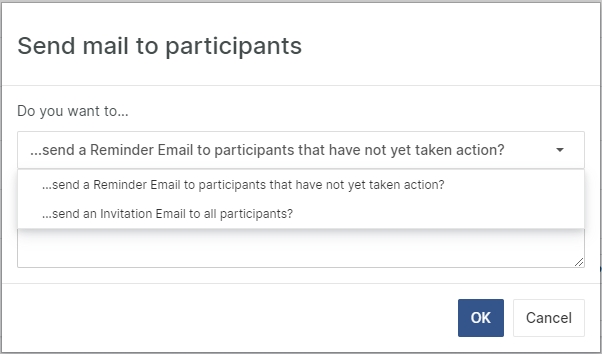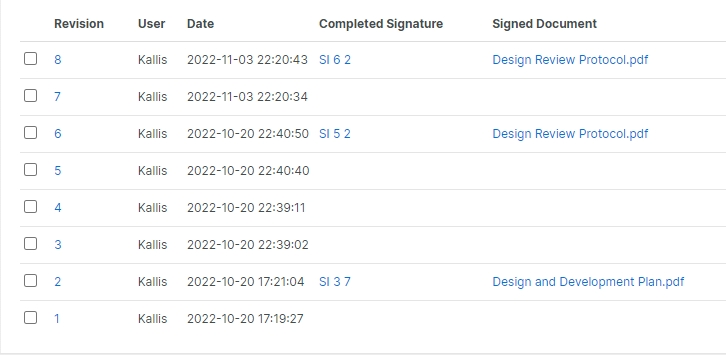Sign Documents with Electronic Signatures
Aligned Elements supports electronic and digital signing of individual objects and documents. Signatures can be made with or without electronic certificates.
Digital signatures are triggered by a workflow action and can be applied to any document object type. However, signing a File Document Object implies that a signed PDF/A copy of the contained document is created.
How to create a Signature Document Object
In the Aligned Elements default configuration, a signature is created when the Validity attribute is changed from Draft to Release for a File Document Object (for any other document object type, no PDF will be generated and no digital certificate is needed). This action creates a Signature Document Objects which is listed in:
the Signature book found in the Project Explorer
in the Detailed tab Signatures of the Document Object which is being signed
Click on the Signature Document Object ID to open it. The Signature Document Object contains information about:
The Document Object to sign
A list of users (Signees) that shall sign the Document Object
The reason for the signature
A Due Date defining when Signature event shall be completed
A Status defining whether all signees have signed the Document Object
In the case of a File Document Object, a PDF/A copy of the original document is added
Fill out all these attributes to define the scope of the Signature Event.
Sending Emails to Signees
Use the Email User(s) in the Action dropdown to notify Signees about their expected participation in the Signature. You can choose to:
Send an email to all signees that have not yet signed (e.g., a reminder email)
Send an email to all signees (e.g., at the start)

How to Sign
Open the Signature Document Object. In the Action menu, select Sign. Authenticate with your user name and password. Fill out any additional information requested and click OK to confirm. If the Signature is done on a File Object, add a Signature Stamp is added to the PDF/A copy of the original document.
When all signatures have been collected, you can signal this by setting the status of the signature to Closed.
The File Object Revision Tab shows which Revisions of the File that lead to completed signatures.

Click on a Signature to navigate to the signature object.
Click on the Document File name to download the signed document.
Handling of Digital Certificates
You need to acquire a digital certificate for each user. These must be of the standard X.509 V3 Class I and can be bought from e.g.:
SwissSign (www.swisssign.com)
Veri Sign
TC TrustCenter
Aligned Elements will safely store these certificates files for each user in the project database.
Signing without digital certificates
Aligned Elements can be set up to use electronic signatures without using digital certificates.
This is accomplished by using the NoCertificate mode in the Signature Settings in the Settings section. Note that this approach requires the application to be validated (according to e.g. FDA CFR 21 Part 11).
Enforcing Signature Order
There exist many configurable options to enforce the signatures to be conducted in a particular order. Contact the Aligned Elements Support team for more information on these options.
